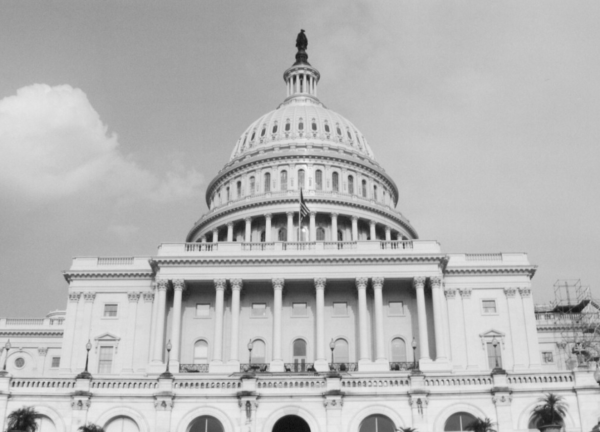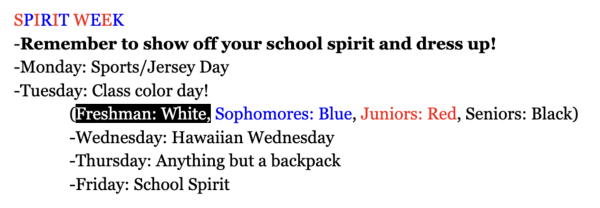Parties divided will never be united
Polarizing viewpoints hinder inter-party collaboration.
February 3, 2017
Blue donkeys and red elephants are not just symbols for U.S. political parties — they stand for the division of brothers and sisters, parents and children, and even best friends in a San Francisco all-girls high school.
The 2016 presidential election was perhaps one of the most heated, divisive in all political history. A woman was nominated as a major party’s candidate for the first time, predictive polls completely missed the mark, and a business magnate and reality-TV star was elected president.
In primarily democratic-voting San Francisco, Nov. 9 was a relatively somber day. The LGBTQ community mourned, women’s rights activists were stunned, angry social media posts abounded, protests were organized, and some people simply avoided the topic altogether.
With half the nation celebrating and the other half reeling over Donald J. Trump’s win, analysts and strategists tied themselves in knots trying to explain the outcome, generally chalking it up to inaccurate polling strategies or “post-truth politics.”
A possible, yet barely-touched upon, cause for the surprising results is the acute division and tension that exists between the Democratic and Republican parties.
The Republican-dominated Congress consistently clashed with Barack Obama, leading to an economically-crushing government shutdown and forcing the president to sign executive orders in order to pass legislation on controversial topics like gun control and the environment.
As early as 1796, George Washington delivered a searing criticism of political parties, declaring that they would become “potent engines, by which cunning, ambitious, and unprincipled men will be enabled to subvert the power of the people and to usurp for themselves the reins of government.”
Founded on the values of centralized political organization, parties have since lost sight of the goal of unification and fallen into a trend of party-line voting, where most — if not all — Republicans vote one way and most — if not all — Democrats vote another.
The 115th Congress has not distinguished itself from this trend. In mid-January when the House of Representatives passed S.Con.Res.3 — which begins rolling back the Affordable Care Act — every single Democrat voted against the resolution while the vast majority of Republicans voted in favor.
If the ACA is repealed and bipartisan cooperation remains as scarce as it is now, no one will benefit. The battle of the political philosophies will remain a draw, and 20 million people will lose their health insurance.
As evidenced by the presidential election and the current political climate, exceptional partisanship is not limited to Washington, D.C. politicians.
Only 16 percent of Republicans and 20 percent of Democrats “almost always” agree with their parties’ respective platforms, yet 44 percent of both Republicans and Democrats “almost never” agree with the other party’s position, according to a recent Pew Research Center study.
It is disheartening that members of both political parties would rather vote against something they agree with than vote in favor of a bill or measure proposed by the opposing party.
Person-to-person animosity is at an all-time high. According to the Pew study, when people were asked to rate several groups on a scale of 0-100, Democrats give Republicans an average rating of 31 and Republicans give Democrats an average rating of 29.
Our first president would probably be devastated to learn that citizens of his country can hate each other on principle, simply because of the “D” or “R” beside a name.
We must remember that we are humans first, Americans second, and Democrat or Republican very last.










